
Kód: 04646222
Cai Guo-Qiang
Autor Dana Friis-Hansen, Cai Guo-Qiang, Qiao Liang
Cai Guo-Qiang was born in Quanzhou, China, in 1960, and lived in Tokyo from 1985 to 1995, before moving to New York. During the 1990s he emerged on to the international art scene and has become a major figure of contemporary Chine ... celý popis
- Jazyk:
 Angličtina
Angličtina - Väzba: Brožovaná
- Počet strán: 160
Nakladateľ: Phaidon Press Ltd, 2002
- Viac informácií o knihe

55.17 €
Dostupnosť:
50 % šanca Máme informáciu, že by titul mohol byť dostupný. Na základe vašej objednávky sa ho pokúsime do 6 týždňov zabezpečiť.
Máme informáciu, že by titul mohol byť dostupný. Na základe vašej objednávky sa ho pokúsime do 6 týždňov zabezpečiť.Prehľadáme celý svet
Mohlo by sa vám tiež páčiť
-

Cambridge Advanced Learner's Dictionary
45.13 € -

Baby Bird Identification
43 € -

Reliability, Maintainability and Risk
152.97 € -

React Cookbook
48.99 € -26 % -

Heir Comes to Rise
19.16 € -
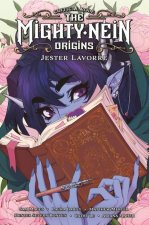
Critical Role: The Mighty Nein Origins - Jester Lavorre
17.64 € -8 % -
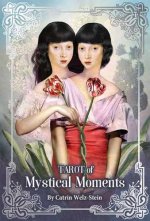
Tarot of Mystical Moments
16.63 € -38 % -

We Free the Stars
10.84 € -12 % -
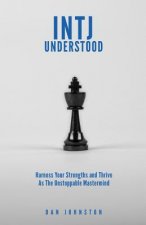
INTJ Understood: Harness your Strengths and Thrive as the Unstoppable Mastermind INTJ
11.05 € -2 % -

Business Result: Advanced: Student's Book with Online Practice
33.16 € -11 % -
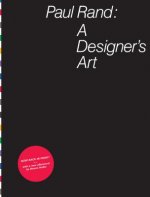
Paul Rand: a Designer's Art
45.33 € -28 % -

Cai Guo-Qiang: Saraab
55.58 € -18 % -

Woodrow Wilson
84.90 € -

Lion, the Witch and the Wardrobe
9.32 € -3 % -
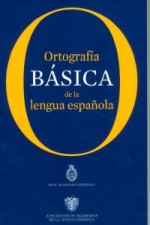
Ortografía básica de la lengua española
15.10 € -

Zur Integration von AsylwerberInnen in der Steiermark
68.46 € -5 % -

Gesetz zur Beschränkung des Brief-, Post- und Fernmeldegeheimnisses
11.05 € -9 % -

Trabant 601
21.39 € -14 % -

La Mujer Ante La Lei Civil, La Política I El Matrimonio
34.89 € -

Horror Cinema
18.25 € -9 % -
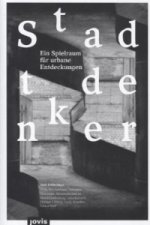
Stadtdenker
33.26 € -4 %
Darčekový poukaz: Radosť zaručená
- Darujte poukaz v ľubovoľnej hodnote, a my sa postaráme o zvyšok.
- Poukaz sa vzťahuje na všetky produkty v našej ponuke.
- Elektronický poukaz si vytlačíte z e-mailu a môžete ho ihneď darovať.
- Platnosť poukazu je 12 mesiacov od dátumu vystavenia.
Informovať o naskladnení knihy
Zadajte do formulára e-mailovú adresu a akonáhle knihu naskladníme, zašleme vám o tom správu. Postrážime všetko za vás.
Viac informácií o knihe Cai Guo-Qiang
Nákupom získate 138 bodov
 Anotácia knihy
Anotácia knihy
Cai Guo-Qiang was born in Quanzhou, China, in 1960, and lived in Tokyo from 1985 to 1995, before moving to New York. During the 1990s he emerged on to the international art scene and has become a major figure of contemporary Chinese art. He has made projects in all the inhabited continents of the world. Cai's early works from the 1980s took the form of oil paintings, but these gradually evolved as he became interested in harnessing the power of nature to develop his work in new and unusual ways. His early experiments included making rubbings from rocks and trees on the canvas before painting it, and using exploding gunpowder to mark and scorch the canvas. This interest in location is fundamental to the artist's work, which frequently alters or develops as it is exhibited at new sites. Cai's background includes acting in martial arts films and training in theatre design, through which he developed a consistent interest in space and time. He has continued to use gunpowder in his works, creating breathtaking spectacles on a large scale. For No Destruction, No Construction: Bombing the Taiwan Museum of Art (1998) a 2,500-metre line of gunpowder and fuses was laid across the roof of the museum, down through the galleries and out into the square in front, then ignited. The resulting scorch marks on the columns at the museum's entrance are now part of its permanent collection. Perhaps the artist's best-known work is the Venice Rent Collection Courtyard (1999), which reconstructed a little-known clay tableau produced in China during the cultural revolution (The Rent Collection Courtyard, c.1965). The original work, which aimed to show the benefits of the new system over feudalism, toured China during the 1960s and 70s and depicted heroic rice farmers tyrannized by rapacious landlords. In Cai's version the clay was left unfired so that it gradually disintegrated during the course of the 1999 Venice Biennale, where it was first shown. In the Survey, curator and critic Dana Friis-Hansen traces the development of the artist's work from the early oil paintings, produced while he was living in China, to the complex and ambitious projects he now conducts worldwide. New York-based curator Octavio Zaya discusses with the artist his working practices and the continuity of his attitude towards his work. In the Focus, curator Seriwaja Takashi analyses a single work from the artist's Projects for Extraterrestrials series, Project to Extend the Great Wall of China by 10,000 Meters (1993). For the Artist's Choice, Cai has selected the contents page from Warfare Beyond Rules: Judgement of War and Methods of War in the Era of Globalization (1999) by Qiao Liang and Wang Xianhui. The book's exploration of diverse strategies reflects the eclectic nature of the artist's work. Cai Guo-Qiang's writings range from project notes, which detail the methods and thinking behind his works, to a new text on his unrealized projects and the role of chance in the creative process.
 Parametre knihy
Parametre knihy
Zaradenie knihy Knihy po anglicky The arts History of art / art & design styles History of art & design styles: from c 1900 -
55.17 €
- Celý názov: Cai Guo-Qiang
- Autor: Dana Friis-Hansen, Cai Guo-Qiang, Qiao Liang
- Jazyk:
 Angličtina
Angličtina - Väzba: Brožovaná
- Počet strán: 160
- EAN: 9780714840758
- ISBN: 0714840750
- ID: 04646222
- Nakladateľ: Phaidon Press Ltd
- Hmotnosť: 1005 g
- Rozmery: 251 × 290 × 16 mm
- Dátum vydania: 17. April 2002
Obľúbené z iného súdka
-
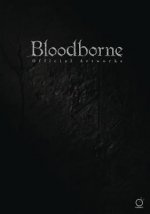
Bloodborne Official Artworks
37.02 € -19 % -
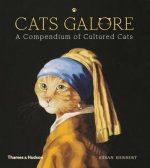
Cats Galore
21.09 € -18 % -

Monster Hunter Illustrations 2
45.03 € -18 % -
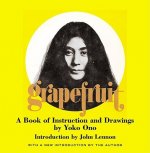
Grapefruit
20.48 € -21 % -
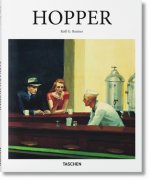
Hopper
15.61 € -27 % -

Anselm Kiefer
33.77 € -26 % -
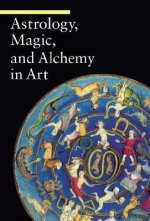
Astrology, Magic, and Alchemy in Art
29.61 € -
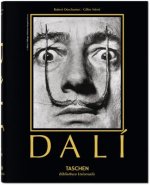
Dali. The Paintings
20.38 € -
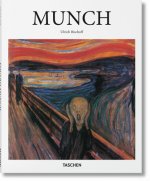
Munch
15.51 € -
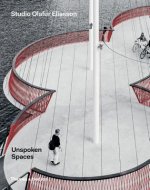
Unspoken Spaces
70.70 € -22 % -
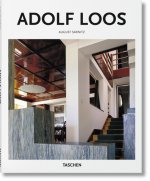
Adolf Loos
14.09 € -8 % -

Dark Souls III: Design Works
40.97 € -19 % -
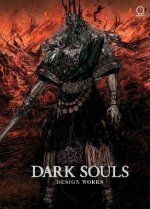
Dark Souls: Design Works
33.36 € -18 % -
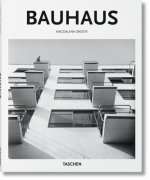
Bauhaus
13.79 € -10 % -
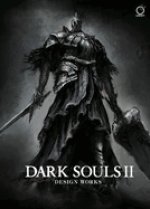
Dark Souls II: Design Works
37.22 € -26 % -
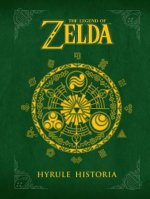
The Legend of Zelda: Hyrule Historia
36.92 € -9 % -
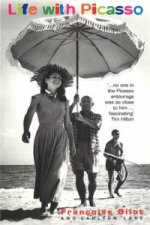
Life With Picasso
14.39 € -22 % -

Palette Perfect
22.41 € -21 % -
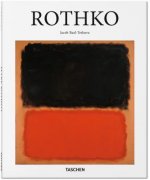
Rothko
14.80 € -3 % -
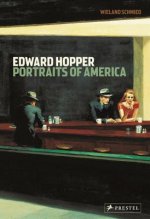
Edward Hopper
11.45 € -27 % -
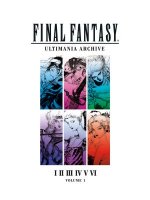
Final Fantasy Ultimania Archive Volume 1
35.09 € -14 % -
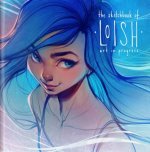
Sketchbook of Loish
27.89 € -22 % -
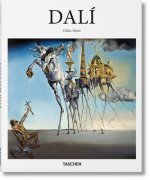
Dali
15.31 € -28 % -
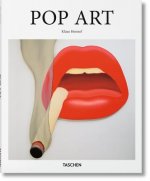
Pop Art
13.79 € -10 % -

David Hockney's Dog Days
10.24 € -23 % -

Art of John Harris: Beyond the Horizon
25.35 € -28 % -

Breaking the Rules of Watercolour
20.38 € -28 % -

Frida Kahlo at Home
25.35 € -20 % -
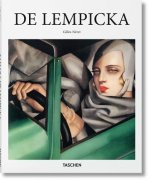
de Lempicka
17.03 € -19 % -
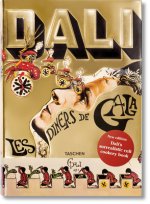
Dali. Les diners de Gala
51.22 € -15 % -
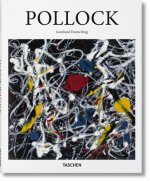
Pollock
15.31 € -28 % -
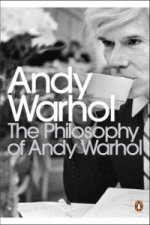
Philosophy of Andy Warhol
10.34 € -28 % -
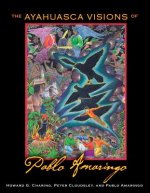
Ayahuasca Visions of Pablo Amaringo
40.97 € -19 % -
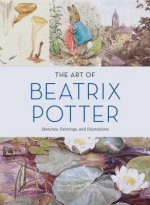
Art of Beatrix Potter
37.02 € -19 % -
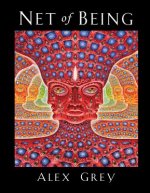
Net of Being
42.70 € -15 % -
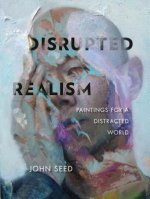
Disrupted Realism: Paintings for a Distracted World
42.49 € -16 % -
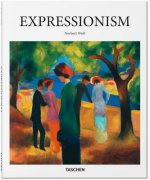
Expressionism
14.50 € -17 % -
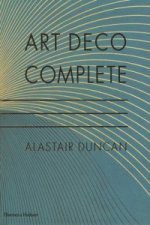
Art Deco Complete
60.75 € -27 % -
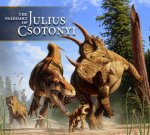
Paleoart of Julius Csotonyi
25.35 € -28 % -
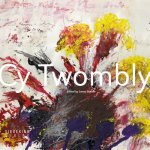
Cy Twombly
45.13 € -8 % -

Undisputed Street Fighter: A 30th Anniversary Retrospective
35.29 € -13 % -
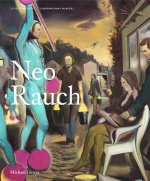
Neo Rauch
53.45 € -4 % -
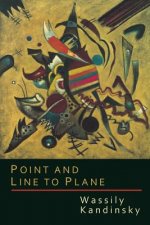
Point and Line to Plane
10.44 € -
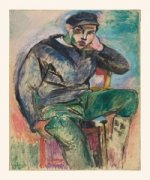
Matisse
52.94 € -6 % -
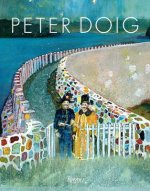
Peter Doig
56.90 € -28 % -
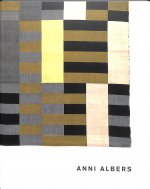
ANNI ALBERS
30.32 € -28 % -

Hundred Headless Woman
24.54 € -20 % -

Little Girl Dreams of Taking the Veil
19.87 € -28 % -

Haruhi Suzumiya Illustrations: Autumn & Winter
33.97 € -16 %
Osobný odber Bratislava a 2642 dalších
Copyright ©2008-24 najlacnejsie-knihy.sk Všetky práva vyhradenéSúkromieCookies


 21 miliónov titulov
21 miliónov titulov Vrátenie do mesiaca
Vrátenie do mesiaca 02/210 210 99 (8-15.30h)
02/210 210 99 (8-15.30h)